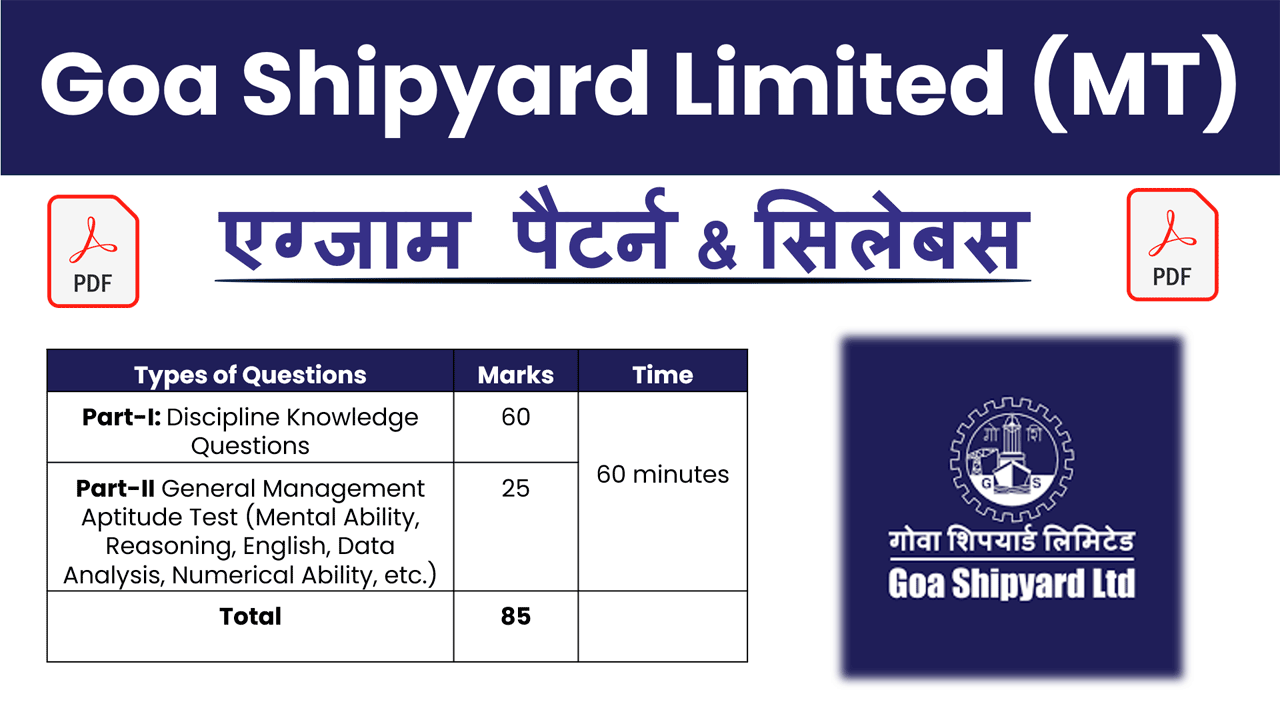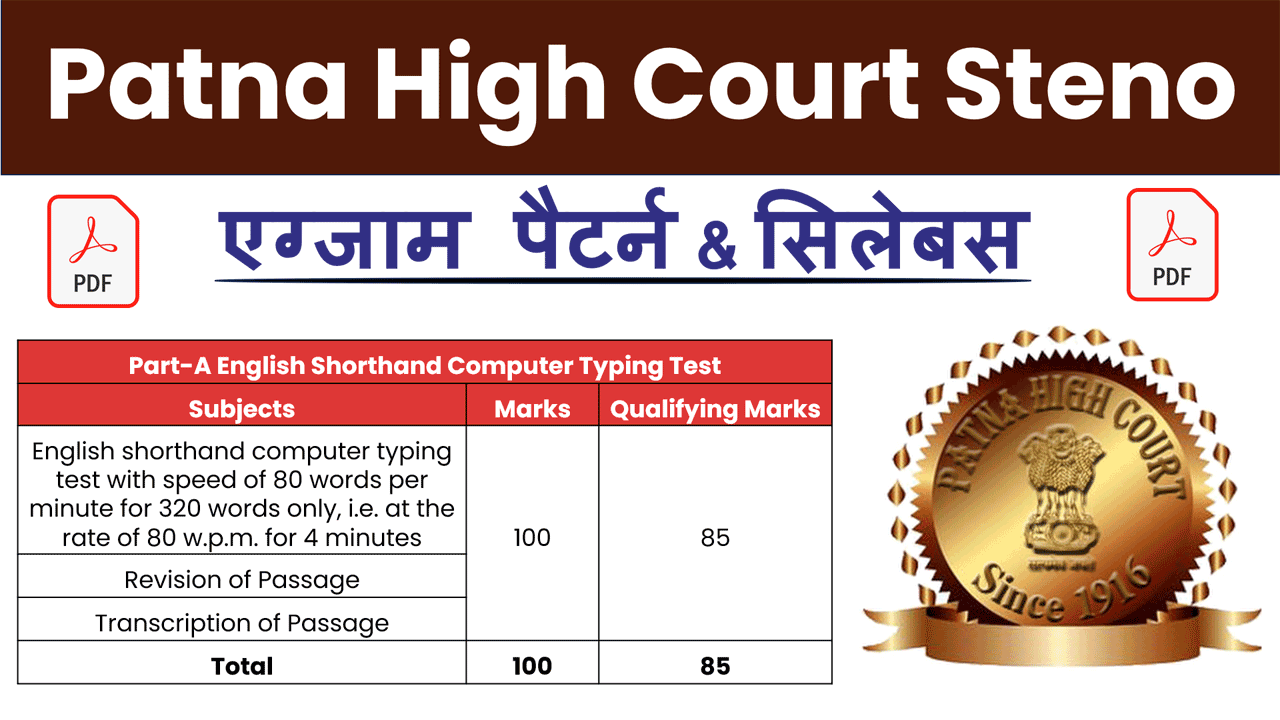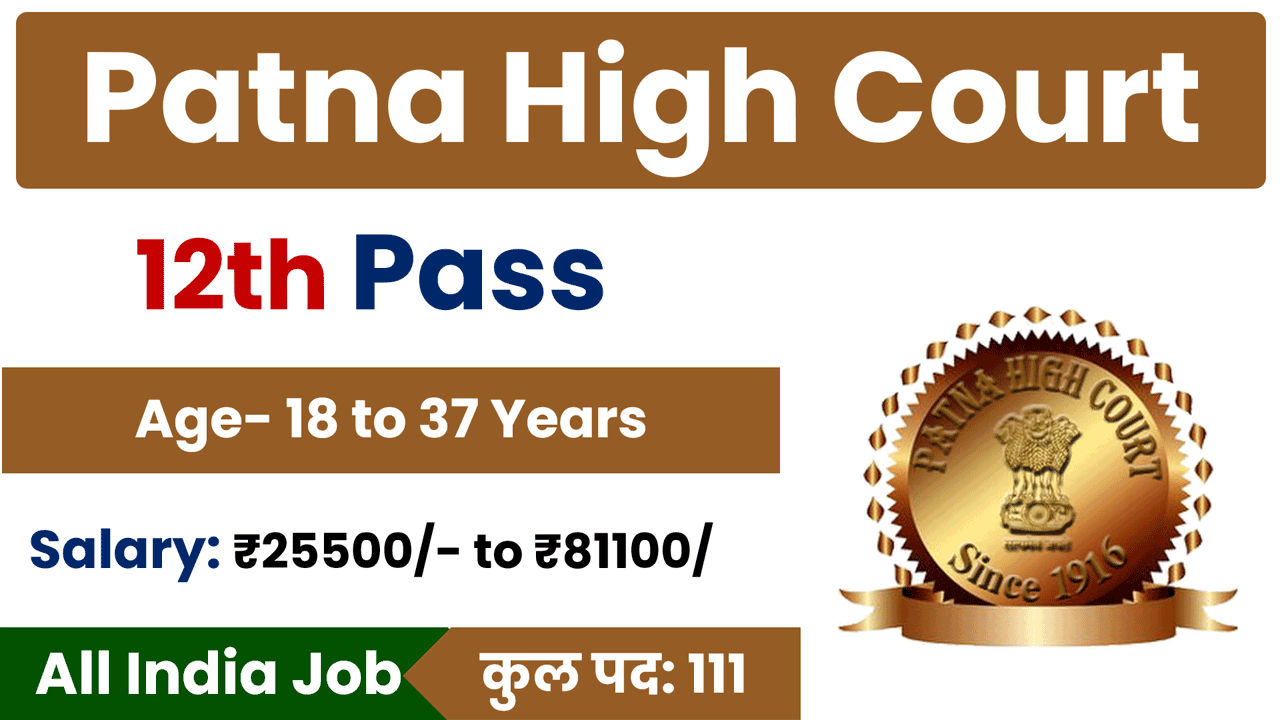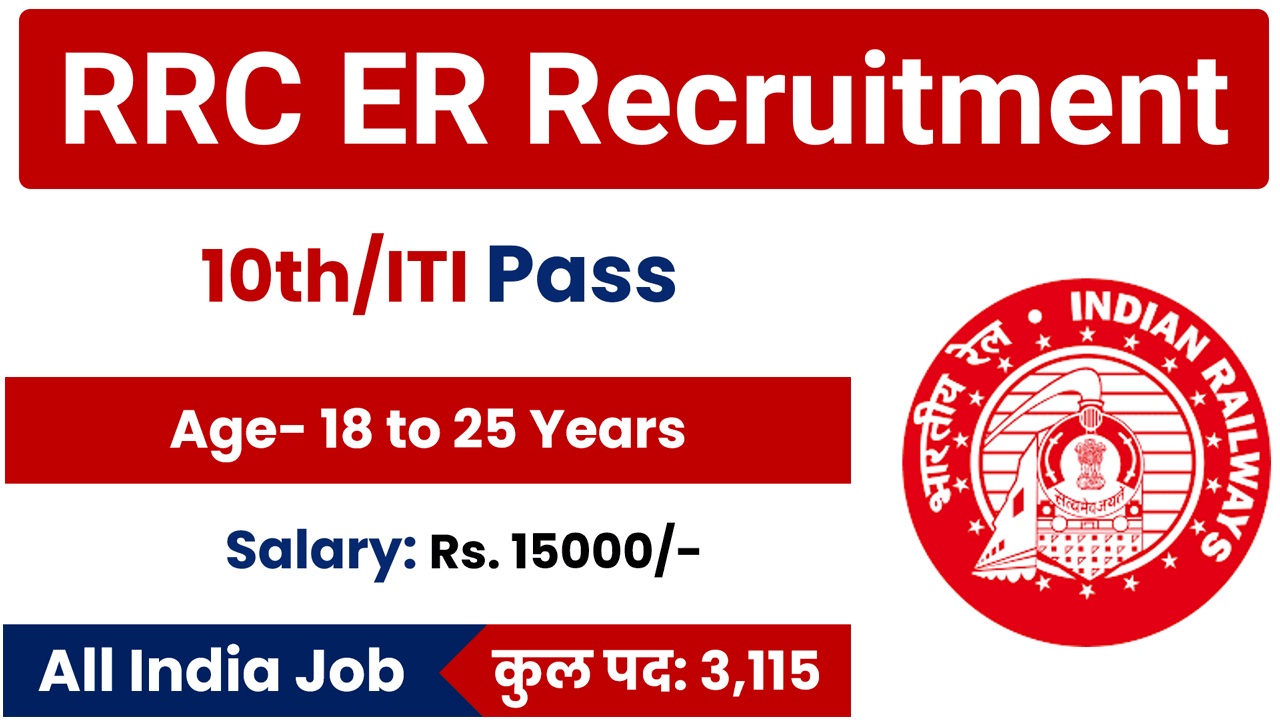Mastering Percentages in Competitive Exams: A Comprehensive Guide: Percentages are a fundamental concept in mathematics that play a crucial role in competitive exams. Whether you’re preparing for entrance tests, government job exams, or any competitive assessment, a strong understanding of percentages can significantly boost your performance. This guide delves deep into the intricacies of percentages, providing you with all the essential knowledge to excel in this critical topic.
| Chapters | Download Links |
| Average📙 | Download 🔗 |
| Compound Interest📙 | Download 🔗 |
| Circle📙 | Download 🔗 |
| Cube & Cube Root📙 | Download 🔗 |
| Cuboid📙 | Download 🔗 |
| Cylinder📙 | Download 🔗 |
| Heights & Distance📙 | Download 🔗 |
| LCM & HCF📙 | Download 🔗 |
| Mixture and Allegation📙 | Download 🔗 |
| Partnership📙 | Download 🔗 |
| Percentage📙 | Download 🔗 |
| Profit, Loss & Discount📙 | Download 🔗 |
| Quadrilateral📙 | Download 🔗 |
| Ratio & Proportion📙 | Download 🔗 |
| Simple Interest📙 | Download 🔗 |
| Simplification📙 | Download 🔗 |
| Speed, Time & Distance📙 | Download 🔗 |
| Sphere📙 | Download 🔗 |
| Square & Square Root📙 | Download 🔗 |
| Time and Work📙 | Download 🔗 |
| Trigonometry📙 | Download 🔗 |
What is Percentage?
A percentage is a way of expressing a number as a fraction of 100. It is often used to compare quantities and measure changes over time. Understanding percentages involves concepts such as percentage increase and decrease, percentage of a number, and applications in various real-life scenarios.
Importance of Percentages in Competitive Exams
- Quantitative Aptitude: Percentages are a staple in quantitative aptitude sections of competitive exams. Questions can range from basic percentage calculations to complex problem-solving scenarios involving percentages.
- Data Interpretation: Many exam questions require interpreting data presented in the form of percentages, such as graphs, charts, and tables.
- Business and Finance: Knowledge of percentages is crucial for financial calculations, including profit and loss, interest rates, discounts, and investments.
Types of Percentage Problems
- Basic Percentage Calculations: These involve calculating simple percentages, percentage increase, percentage decrease, and finding the original amount given the percentage increase or decrease.
- Compound Percentage Problems: Problems where percentages are applied successively, such as compound interest calculations or successive discounts.
- Application Problems: Real-life scenarios involving percentages, such as population growth rates, inflation rates, and budget allocations, are common in competitive exams.
Tips for Mastering Percentages
- Understand Percentage Formulas: Memorize and understand formulas related to percentages, including how to calculate percentages and their applications in different contexts.
- Practice Regularly: Solve a variety of percentage problems from previous years’ papers, mock tests, and textbooks to gain proficiency and speed in calculations.
- Word Problem Skills: Develop the ability to translate word problems involving percentages into mathematical equations and solve them systematically.
Conclusion
In conclusion, mastering percentages is not just about performing calculations; it’s about developing logical reasoning and quantitative skills. By practicing a diverse range of percentage problems and understanding their applications, you can approach competitive exams with confidence. Remember, percentages are used extensively in various fields, making them a valuable skill beyond exam preparation.











